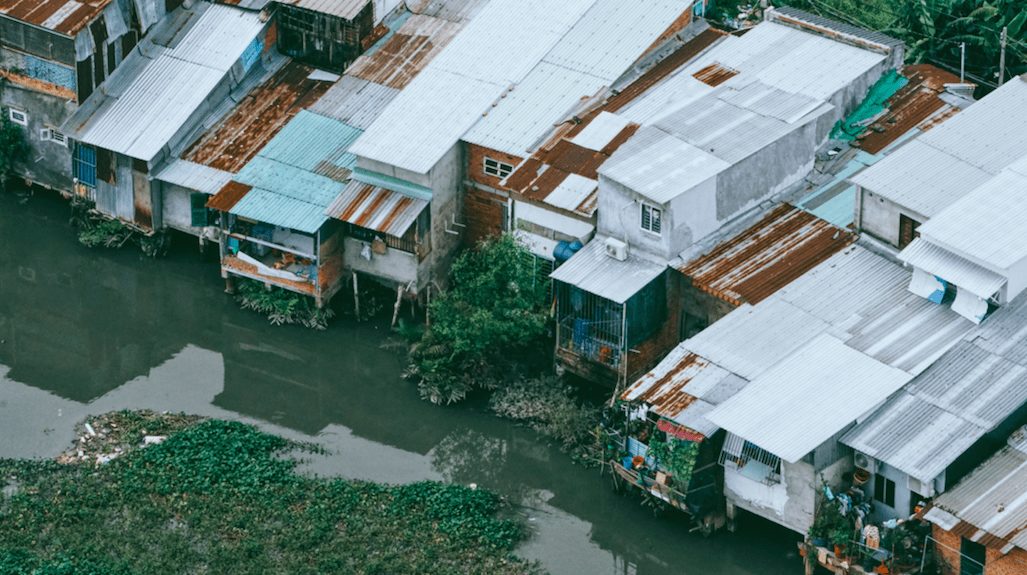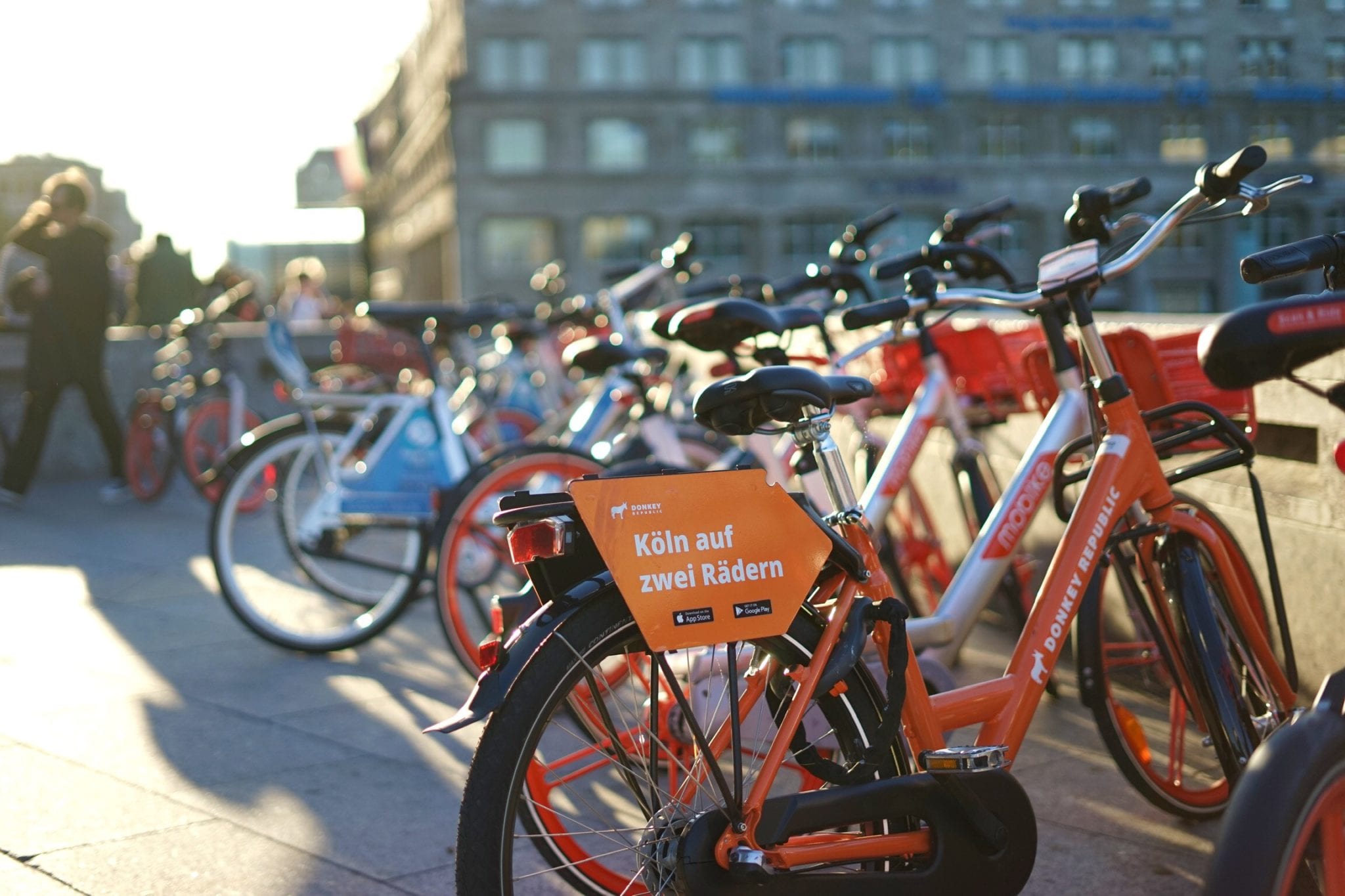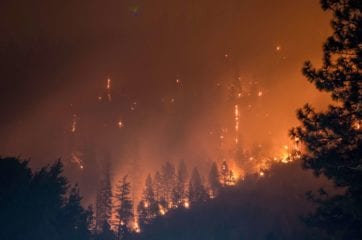
Source: United Nations
A new report from the IPCC, released on Monday, warns of the serious and irreversible consequences of global warming if we do not enact “rapid, far-reaching and unprecedented changes in all aspects of society.” It also brought to the forefront the potential for a carbon tax to be a viable policy option to achieve our climate goals.
The report finds that the planet will warm 1.5 degrees Celsius (2.7 degrees Fahrenheit) above pre-industrial levels by as early as 2030. It was previously assumed that limiting warming to 2 degrees Celsius would be enough to avoid a worse-case scenario. However, new findings reveal a very different picture, and find that limiting warming to 1.5 degrees above pre-industrial levels will be critical if we are to preserve life on the planet as we know it.
Remind me, what is the IPCC?
The Intergovernmental Panel on Climate Change (IPCC) is a scientific body under the United Nations, tasked with providing the world with an objective view of climate change and its political and economic impacts.
Every report is drafted by a group of scientists with representation from every country and subsequently approved by consensus from member states . This special report, the most recent to come out of the IPCC, includes more than 6,000 scientific references, with 91 authors and review editors from 40 countries.
The special report was commissioned as a response to the Paris Agreement of 2015, and was tasked with comparing the outcomes of 1.5 versus 2 degrees of warming.
What are the new findings?
In short, things are not looking good. At 2 degrees of warming, the world will be a starkly different place. There will be no coral reefs left in the ocean, the Arctic will be devoid of ice once every 10 years, and we will face a massive extinction of plants and animals as they lose their habitats. We will also face serious societal threats to our current economic and social ways of life, such as lower crop yields, and mass migration as sea levels rise.
Some of the most salient findings and conclusions the report reaches are:
- We are already living with the consequences of a warmer climate. The world has already experienced 1°C of warming since pre-industrial times, which has resulted in more extreme weather, rising sea levels and diminishing Arctic sea ice, among other impacts. We kind of already knew this (read: the unprecedented levels of natural disasters including hurricanes, floods, and wildfires), but its inclusion in such a report is definitive proof that these are all linked to man-made global warming.
- Limiting global warming to 1.5°C, compared to 2°C will drastically change the impacts of global warming for both societies, and global ecosystems. For instance, species loss and extinction is projected to be much higher at 2°C, so is the likelihood of loss of ecosystem services to humans.
- Global net emissions of carbon dioxide would need to fall by 45% from 2010 levels by 2030 and reach “net zero” around 2050 in order to keep the warming around 1.5°C.
- Lowering emissions to this degree, while technically possible, would require widespread changes in energy, industry, buildings, transportation and cities.
- By 2100, global sea level rise would be 10 cm lower with global warming of 1.5°C compared with 2°C. A slower rate of sea level rise enables greater opportunities for adaptation in the human and ecological systems of small islands, low-lying coastal areas and deltas.
- The likelihood of an Arctic Ocean free of sea ice in summer would be once per century with global warming of 1.5°C, compared with at least once per decade with 2°C.
- Coral reefs would decline by 70-90 percent with global warming of 1.5°C, whereas virtually all (> 99 percent) would be lost with 2ºC. Coral reefs are the foundation of marine ecosystems, and are critical to supporting our reliance on the ocean.

How will we be affected?
Moreover, the report highlights the disparate impacts global warming has on different societies and populations around the world.
Climate change will not impact every corner of the globe equally. Instead, already vulnerable populations will be hit harder than others and current issues will only be compounded with warmer average global temperatures. Indigenous peoples, those living in poverty, vulnerable populations and agricultural communities, are among those expected to face the worse impacts of a warmer world.
We can also expect increases in poverty rates around the world and a threat to the achievement of sustainable development, and the Sustainable Development Goals, as agreed upon by UN member states. In fact, the report finds that, “limiting global warming to 1.5°C, compared with 2°C, could reduce the number of people both exposed to climate-related risks and susceptible to poverty by up to several hundred million by 2050.”
A warming climate also carries more pronounced threats to our health. Lower risks are projected at 1.5°C than at 2°C for heat-related mortality, as well as ozone-related health effects under higher ground-level pollution. Limiting warming to 1.5°C may also half the world population exposed to a “climate-change induced increase in water stress”.
The report is explicit about the social as well as the physical impacts of these changes. Reduced water and food supplies exacerbated by rising temperatures can increase conflict around the globe, and lead to shifts in the transmission of infectious disease. Warming will also reduce migratory capacity for humans and in turn, shift cultural identities, altering social realities world-wide.

A change in tone for scientists?
This report is by far the the most urgent and far-reaching call yet for world governments to cut their greenhouse gas emissions and stop global warming.
Approved by consensus from member States, IPCC reports have historically been criticized for being conservative in their climate projections, and reports have typically shied away from urging policy changes. This one definitively breaks with that approach. The candid, urgent language used to describe even 1.5 degrees of warming rings alarm bells, and should serve as a stark and undeniable warning from the global scientific community into the changes that need to occur now.
This shift in IPCC style is a strong indicator of the increasing urgency of the climate crisis, and scientists’ urgency to prompt urgent policy action.
Can we still be hopeful?
The report underlines the fact that the needed changes to keep us from a worse-case scenario are still scientifically possible. However, it uses the word ‘unprecedented’ to describe the type of socioeconomic changes we will need to undergo in order to do so.
The fossil fuel sector, as the major contributor to greenhouse gases, will need to undertake the biggest transformation. In most pathways to a 1.5C future, renewable energy sources would need to make up at least 85 percent of our electricity needs, and carbon emissions should net at zero by 2050. This is a tight timeline.
Some negative emissions mechanisms are also considered in the report as possible pathways to achieving a 1.5 warming limit, however, beyond natural system carbon capture (read: plants), manmade carbon capture and storage technologies are still at best experimental, meaning relying on them to save the day is highly risky at this point.

Is it time for a carbon price?
The report emphasizes the potential role of a tax on reducing carbon dioxide emissions, concluding that “a price on carbon is central to prompt mitigation”. In fact, if we are to reduce emissions to the degree needed to avoid warming beyond 1.5°C, moving this policy tool to the forefront of the IPCC’s recommendations for greenhouse gas mitigation is an important milestone in acknowledging the potential for such a mechanism.
The report also comes on the heels of the Nobel Prize in Economics being awarded to William Nordhaus and Paul Romer, for their work in integrating climate change and technological innovation into macroeconomic analysis. Responding to news of his award, Romer said it was perfectly possible for global warming to be kept to a maximum of 1.5C, in line with the latest recommendation of the IPCC’s report, if we were to capture the true costs of carbon pollution.
“Today [the cost of carbon] is virtually zero. If the price were higher, people would have other choices, like renewable energies,” said Nordhaus after winning the BBVA Foundation Frontiers of Knowledge Award earlier this year. Such a policy is therefore increasingly seen as a viable way to achieve our climate goals while safeguarding economic growth.
What’s next?
We can expect this report to set the agenda for climate action and global discussion surrounding climate change in the near future. World governments will meet in Katowice, Poland in December, for annual climate talks. They are expected to discuss and establish rules based on the Paris agreement and the national targets to keep on track with its goals.
The report makes it clear that current national targets are not enough to avert disaster, a finding that will surely inform and alter what is agreed upon in Poland. It is also made very clear by the IPCC that multilateral cooperation will be critical to achieving climate goals, as well as ensuring widespread adoption of adaptation and mitigation measures. Scenarios with broader international cooperation are also found to have significant impacts in lowering the socioeconomic impacts of a warmer world.
What about individuals’ role in all this?
While government action and policy tools at a global scale are clearly needed in order to keep us below 1.5 degrees of warming, the report also highlights the importance of individual action.
“It’s not about remote science; it’s about where we live and work,” said Dr Debra Roberts. We need to become more aware of the energy we consume and where it comes from, and in turn, demand more renewable options from our local business and political leaders.
The report also mentions other small changes in our daily life that, in scale, will be critical in achieving these ambitious targets. One suggestion from the report is that we, as individuals, should make choices to move towards “less resource-intensive diets”, and shift away from industries with a heavy carbon footprint. It will also require moving towards electric vehicles, and an overall approach to consumption that is less reliant on carbon intensive products.








